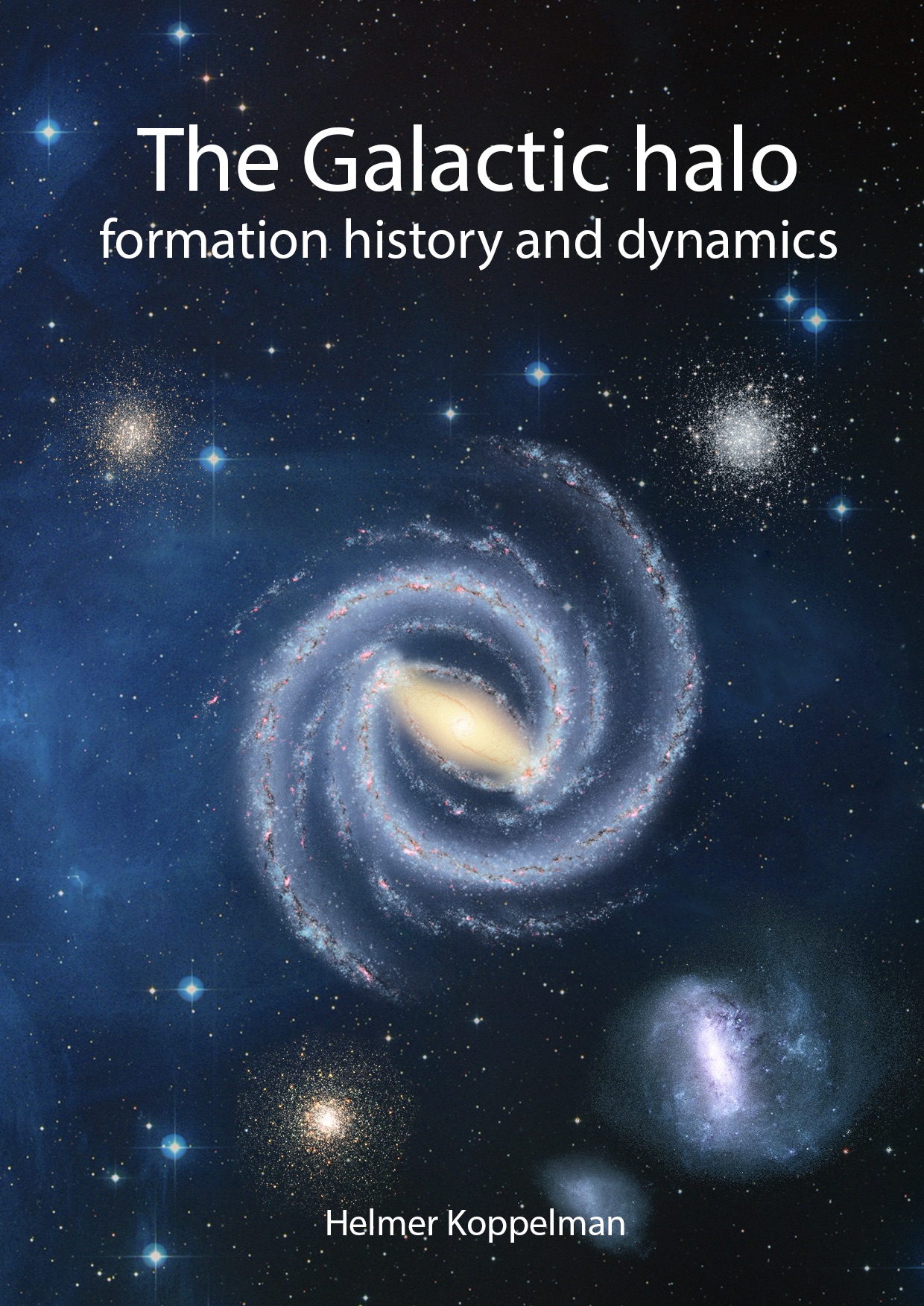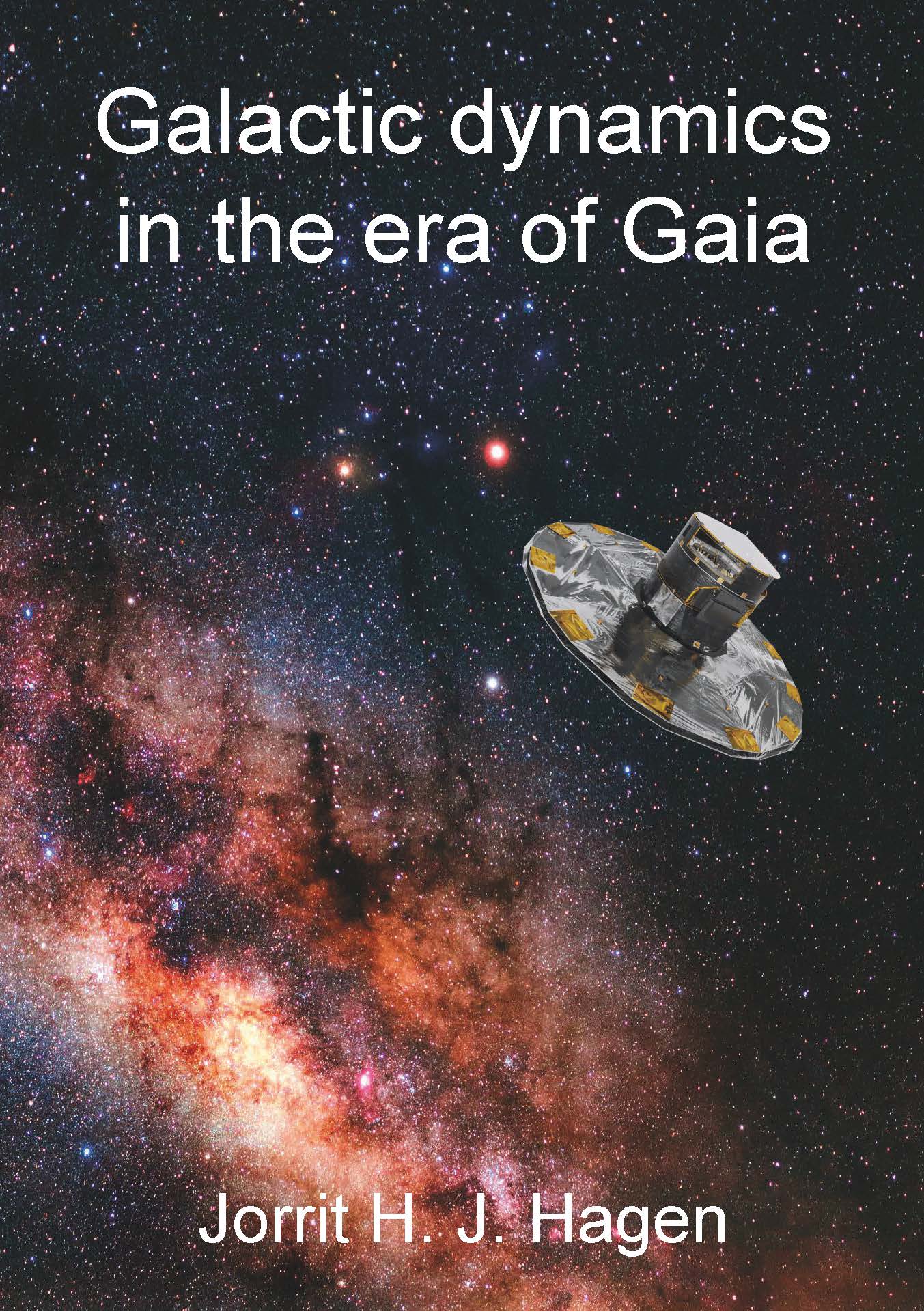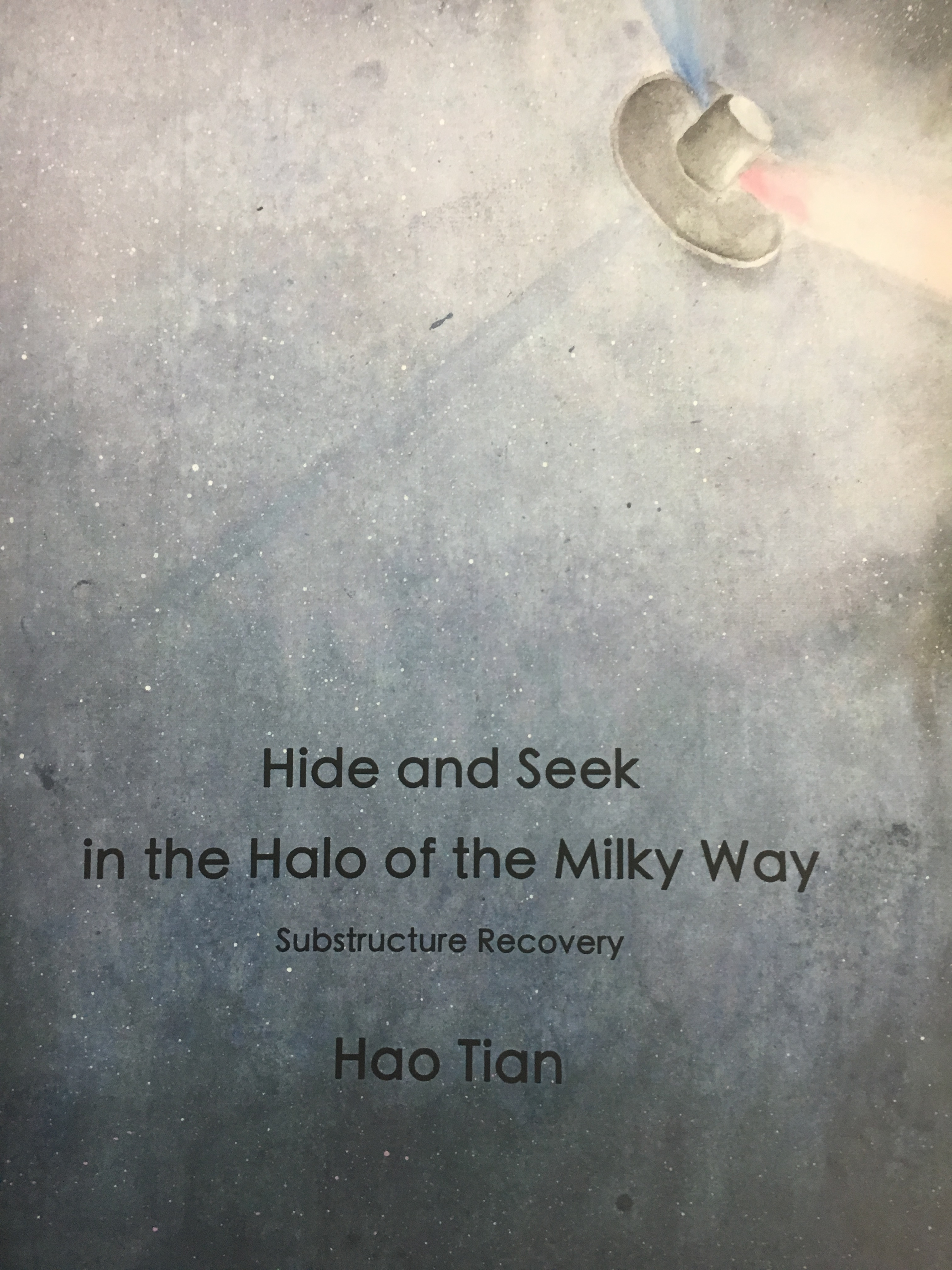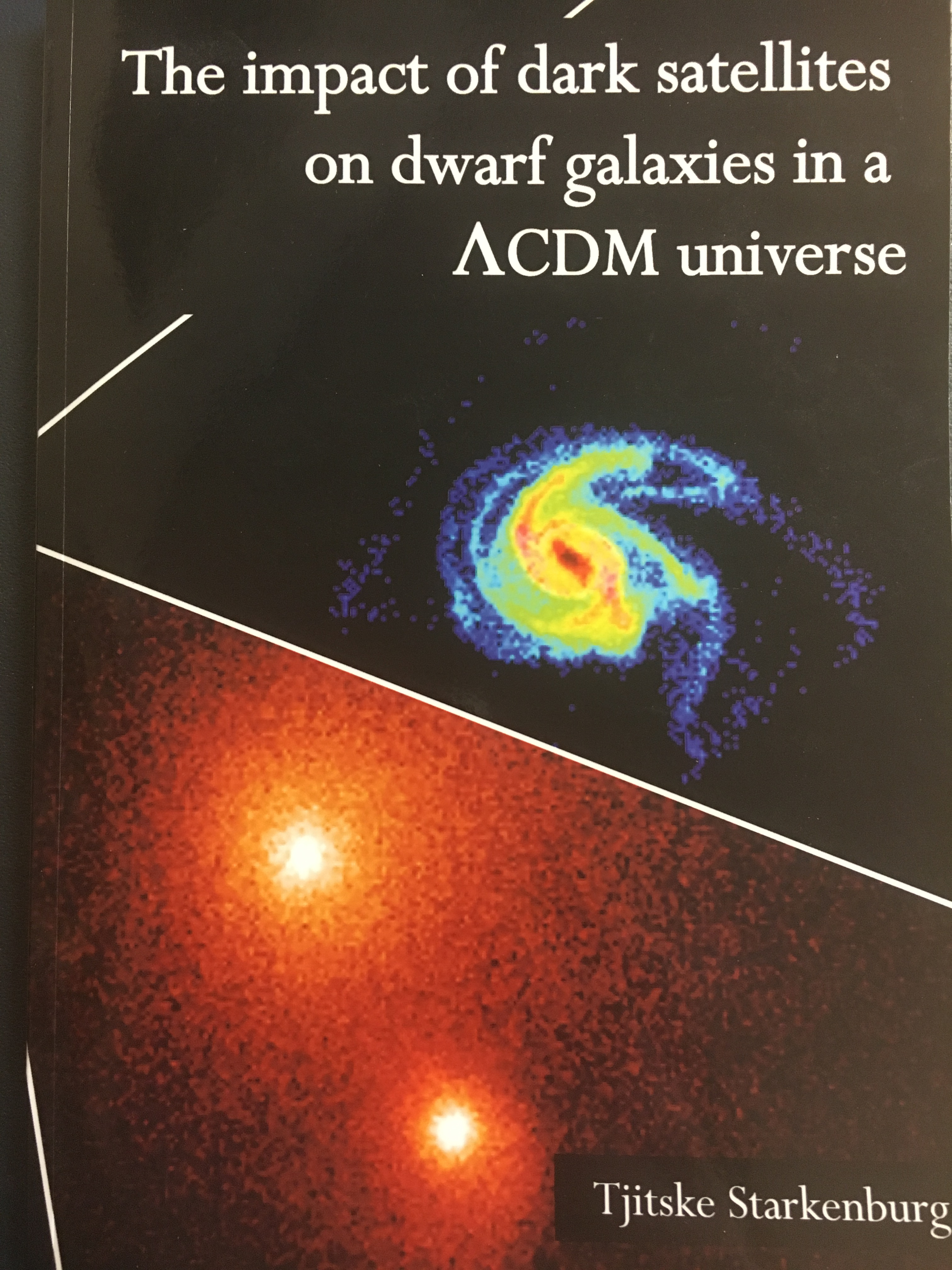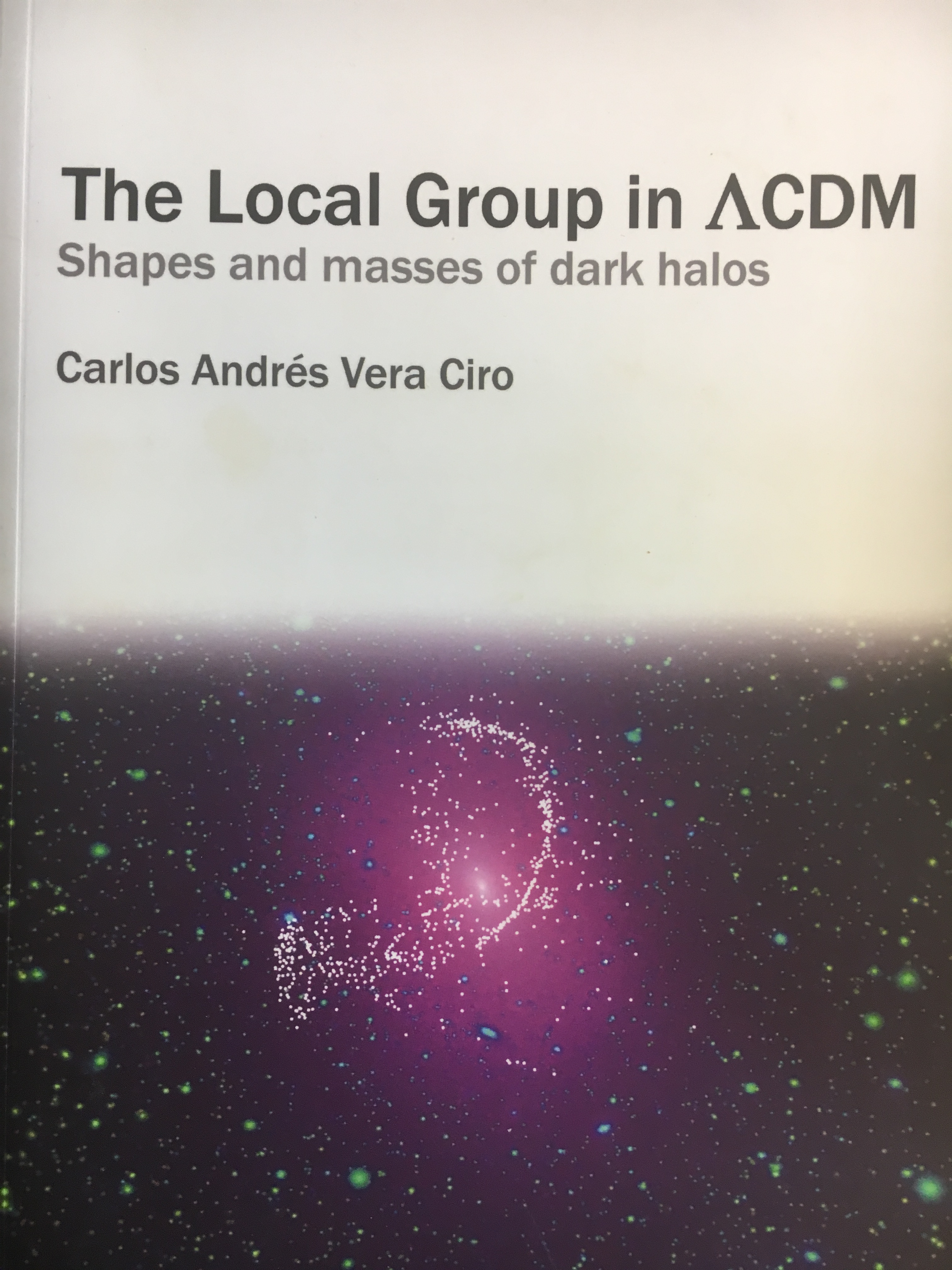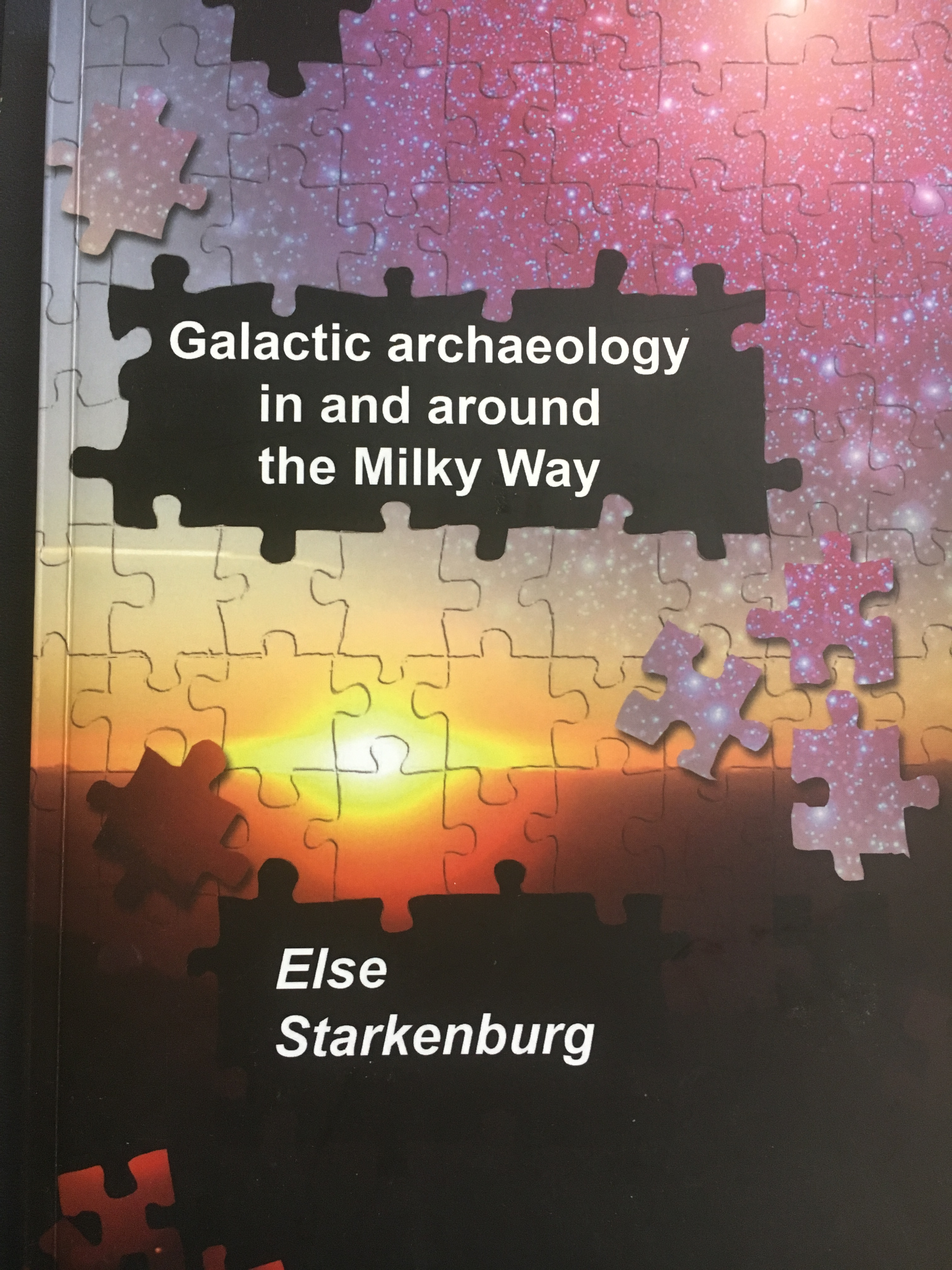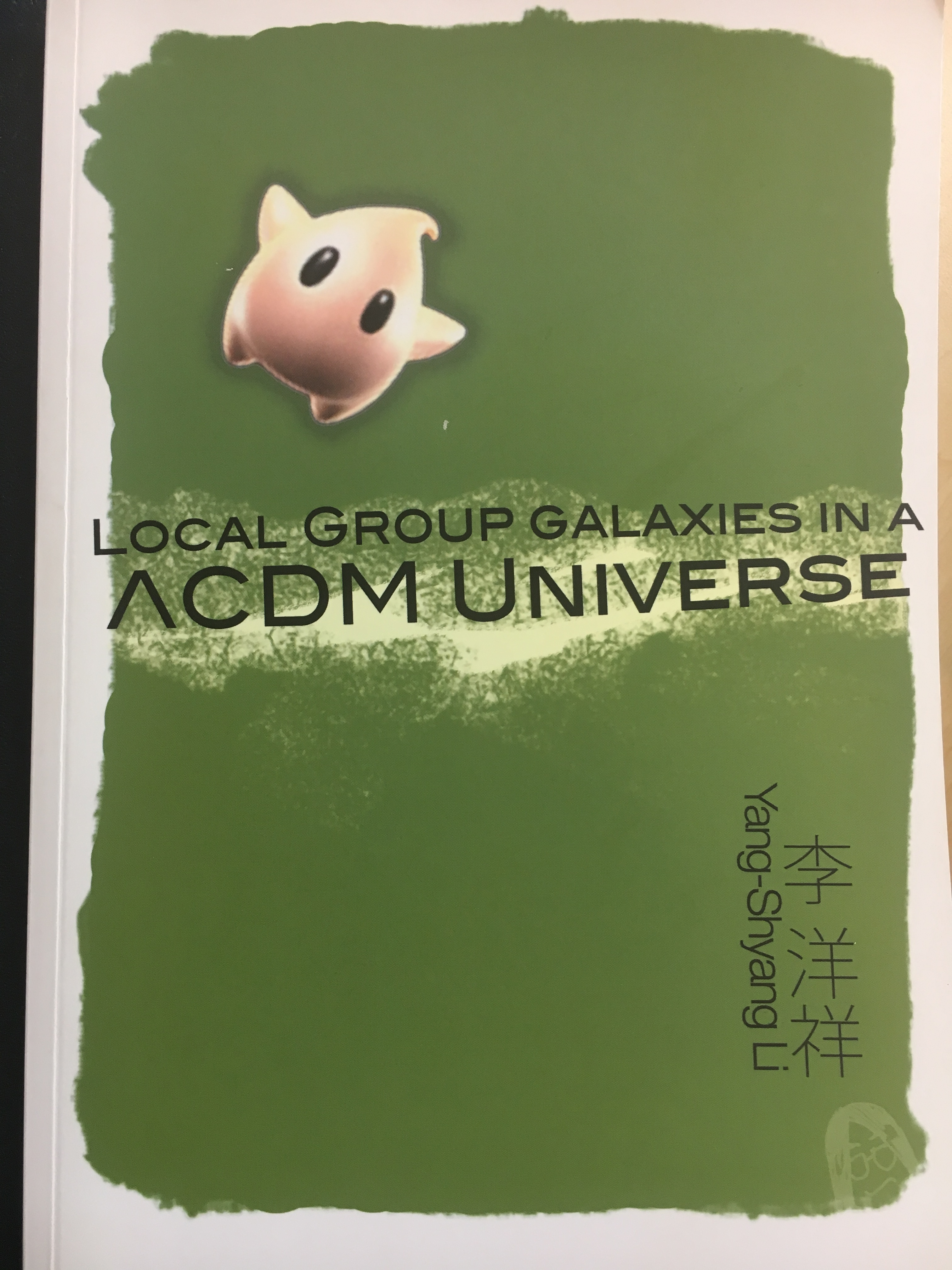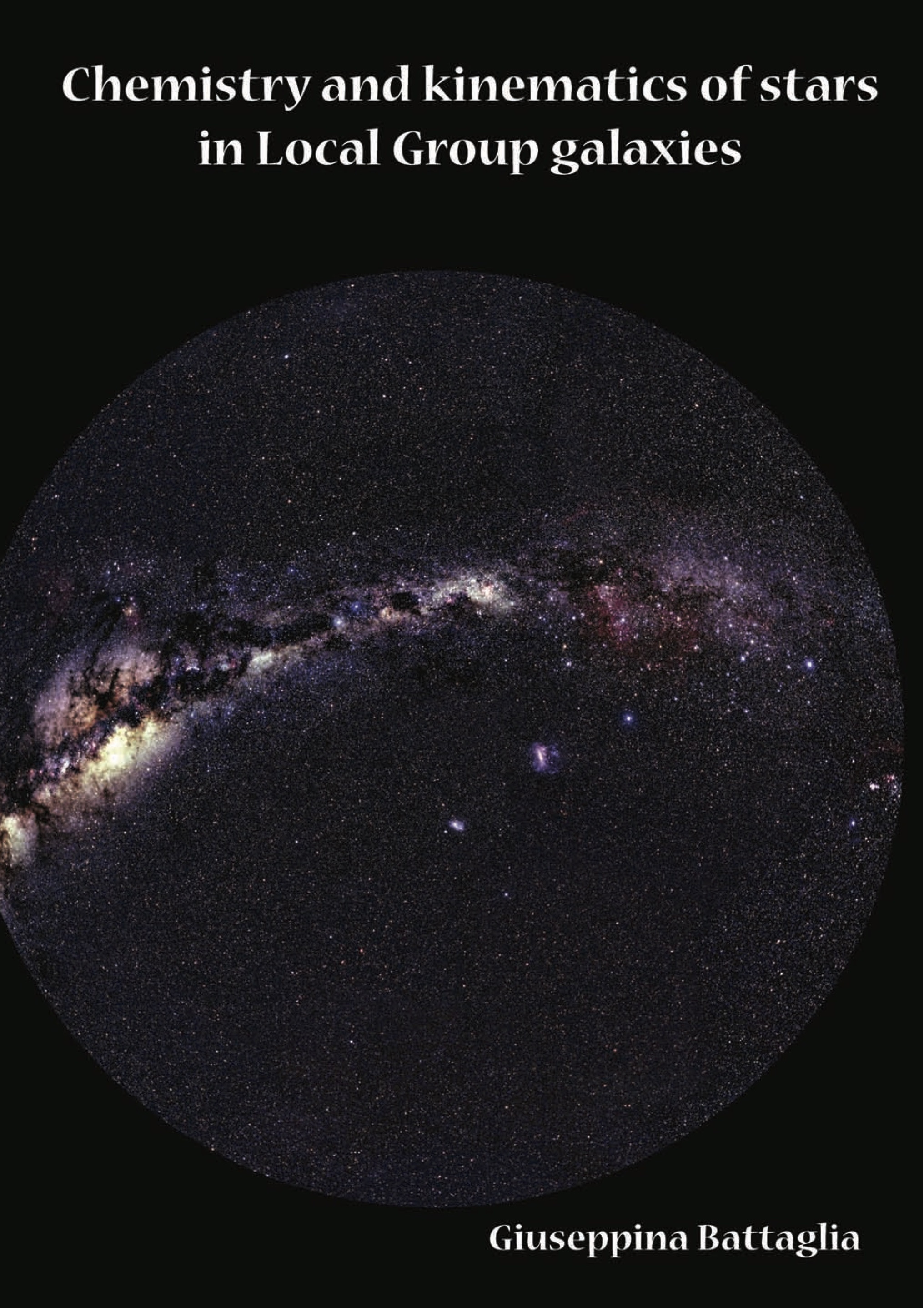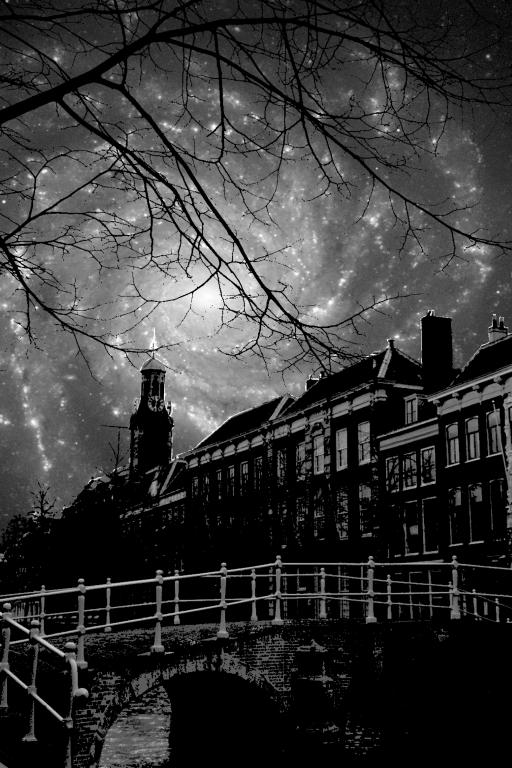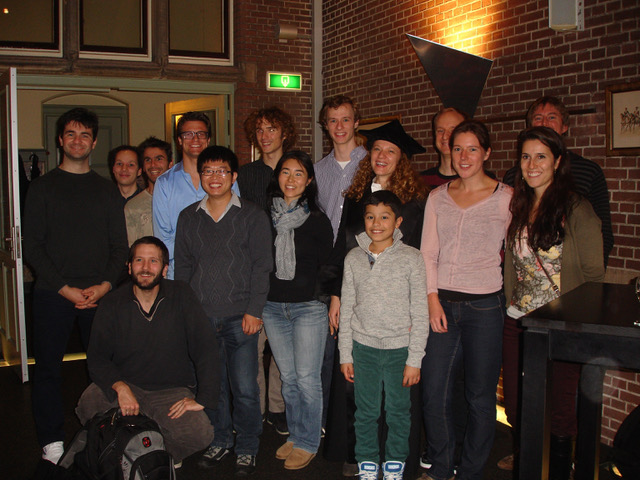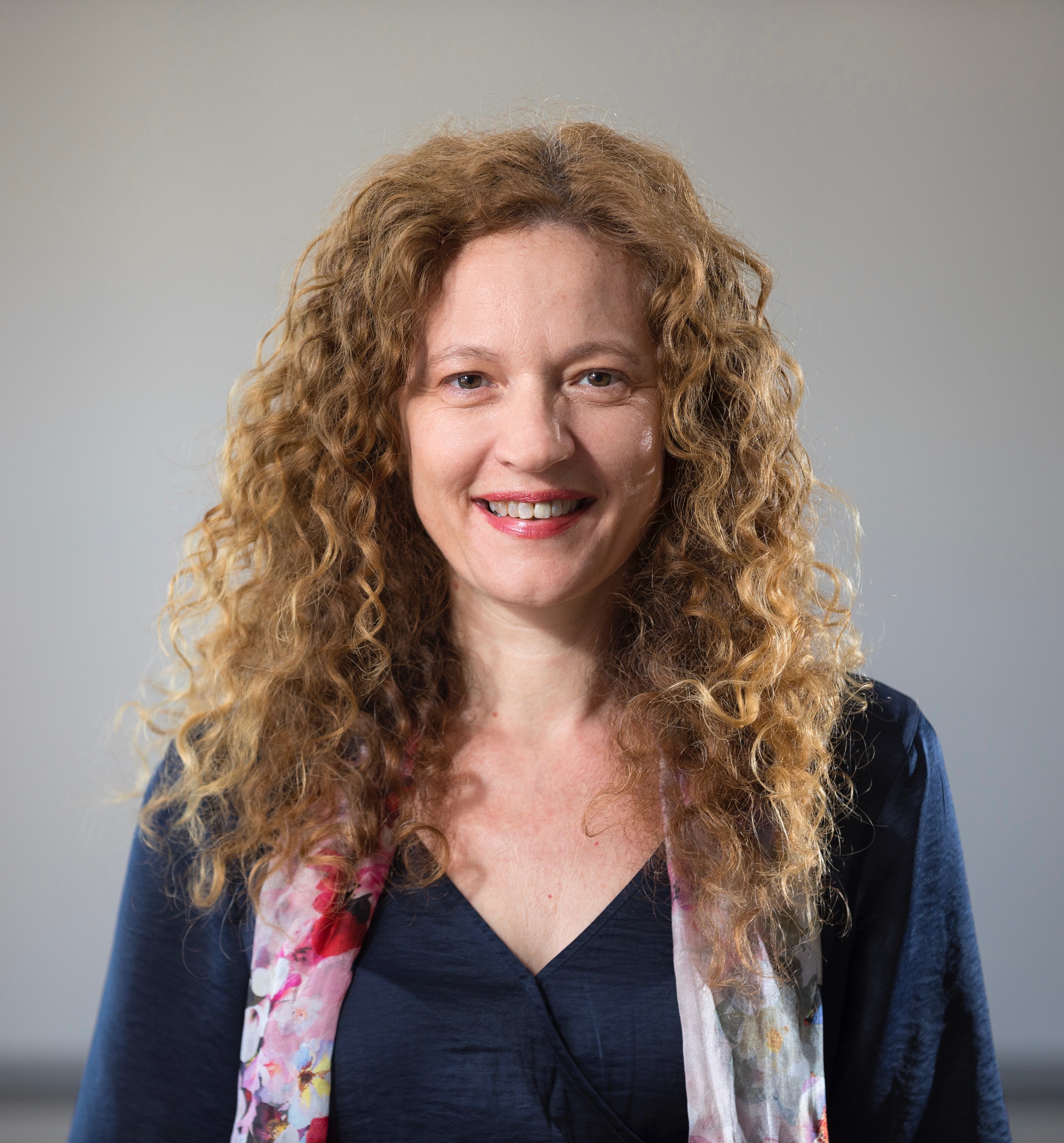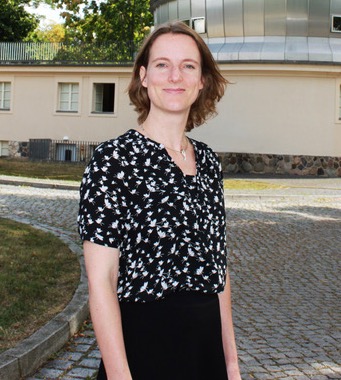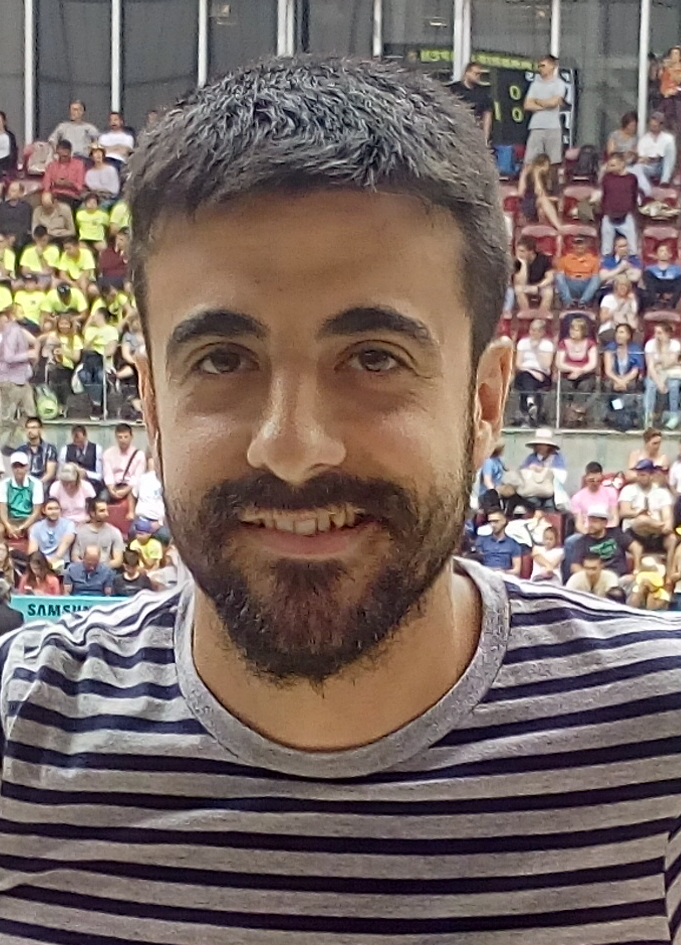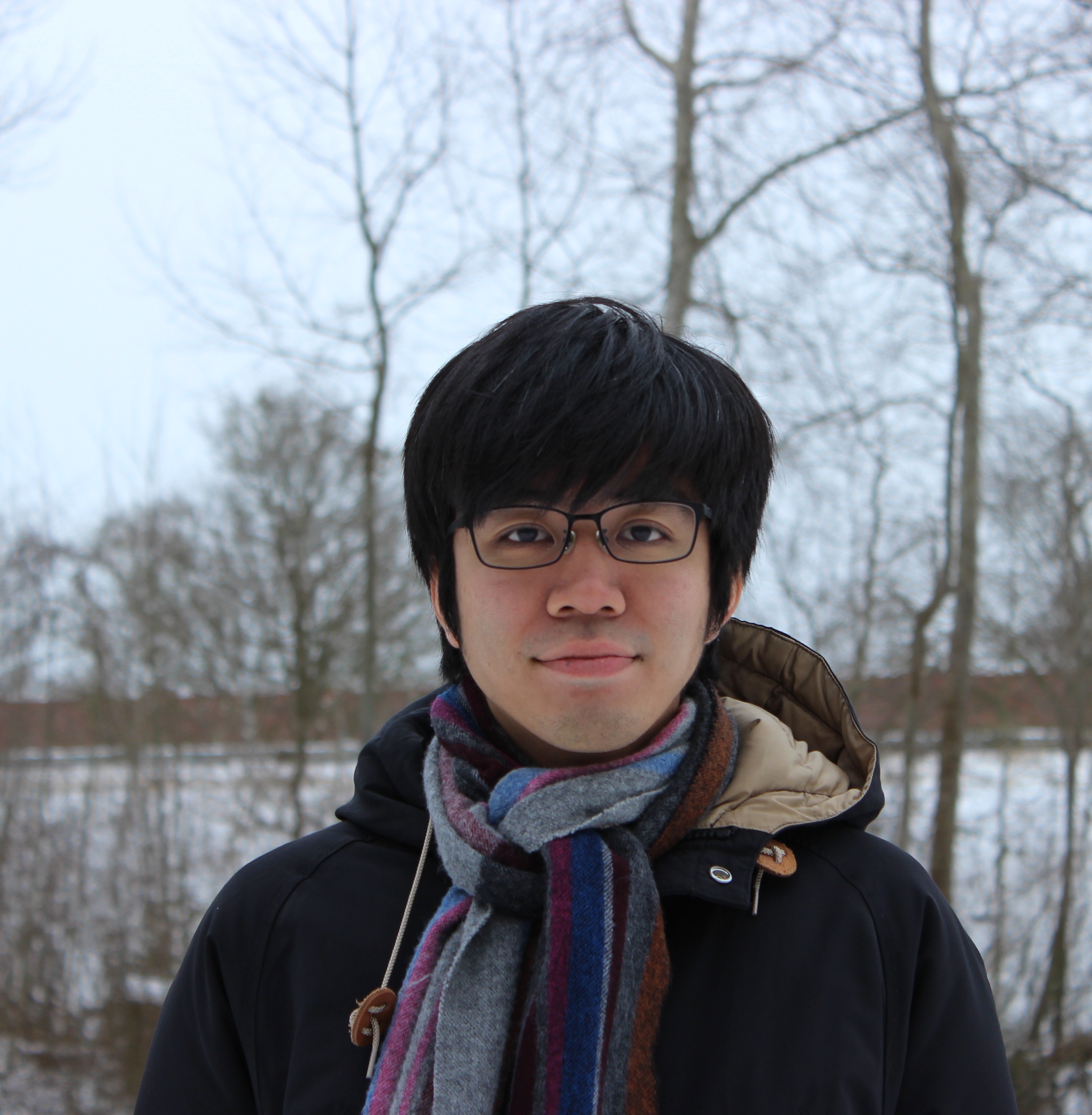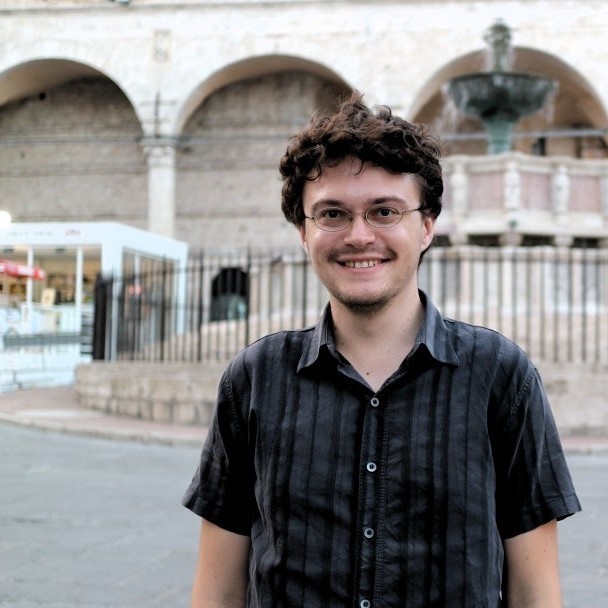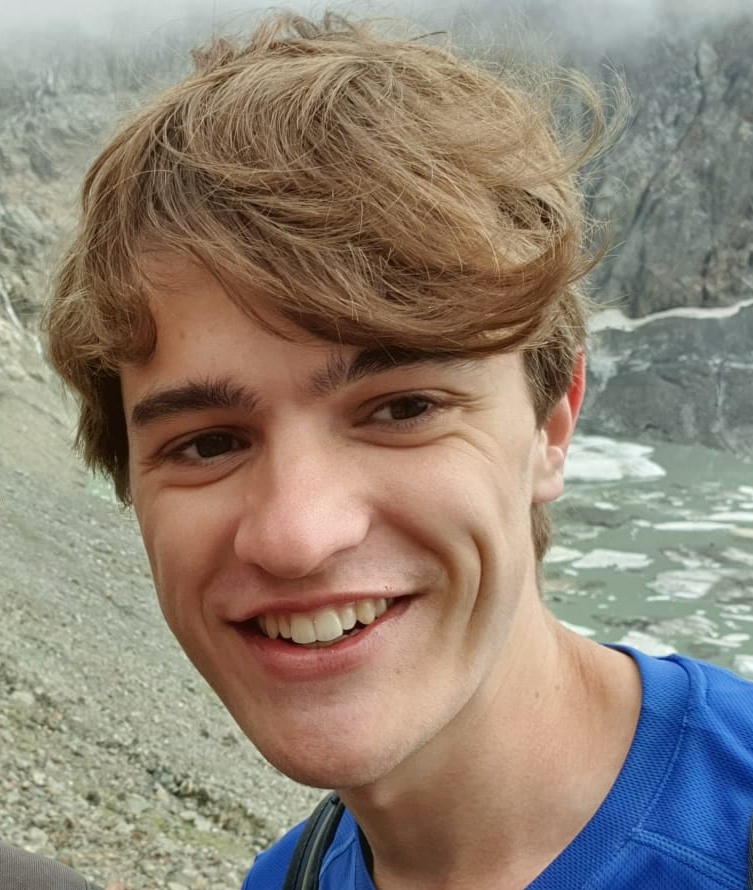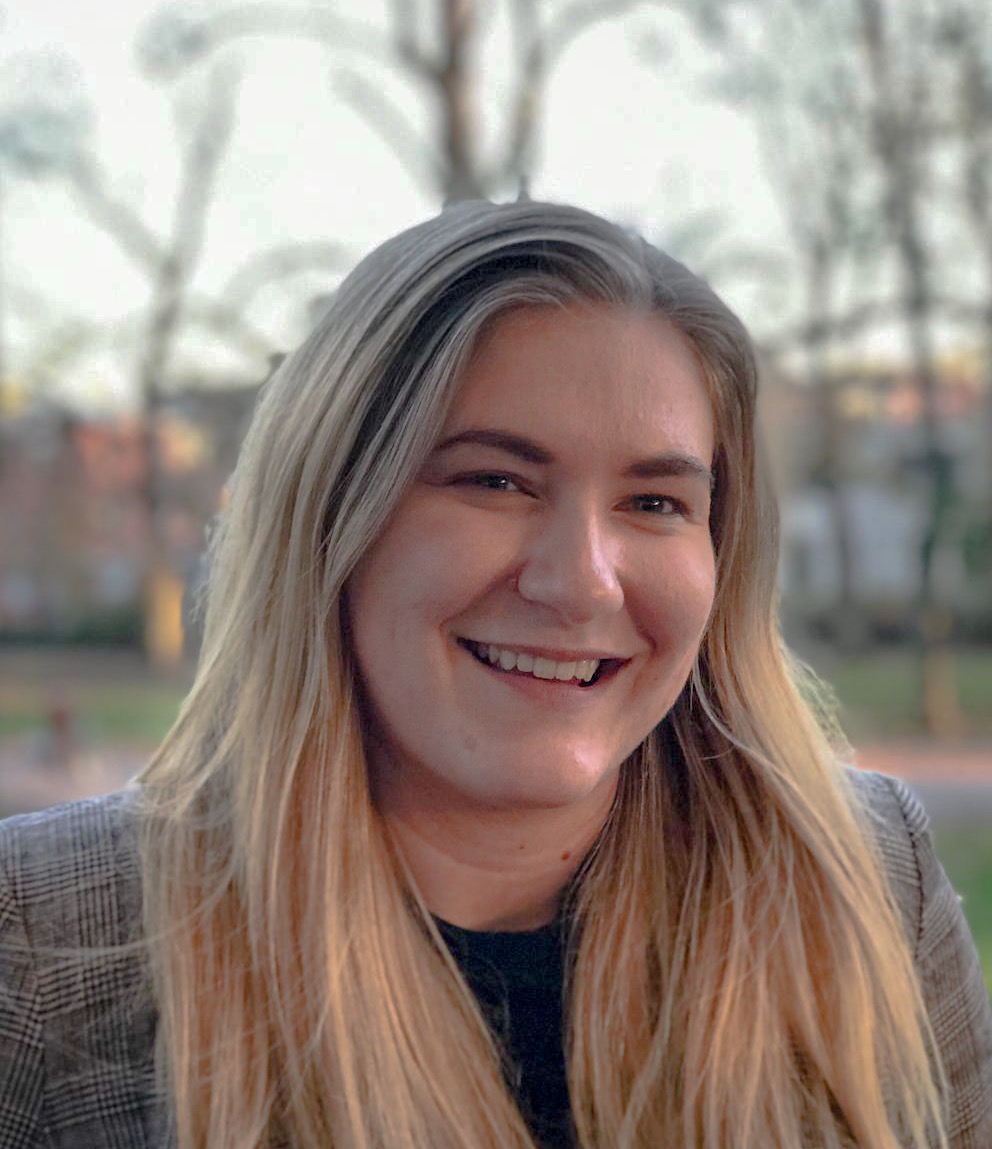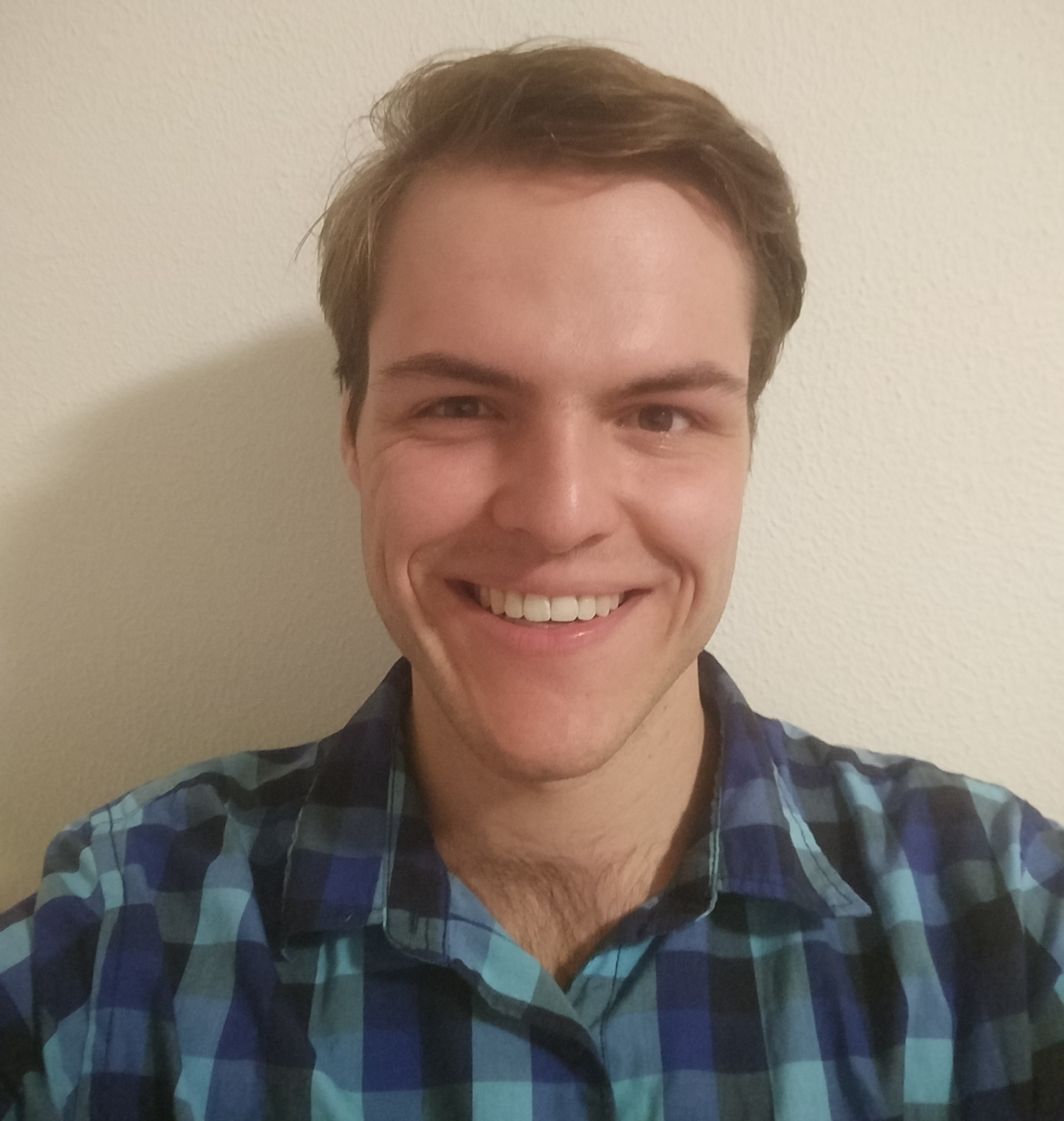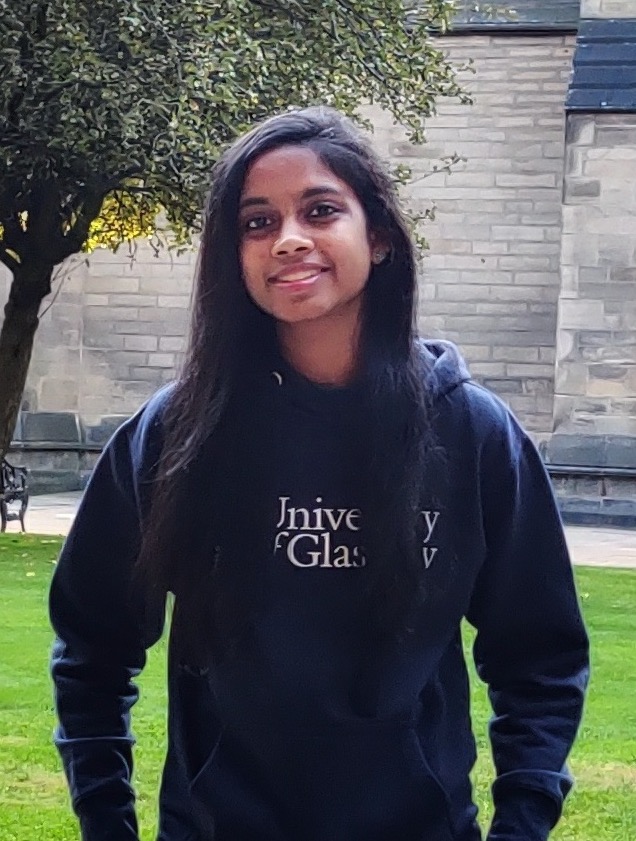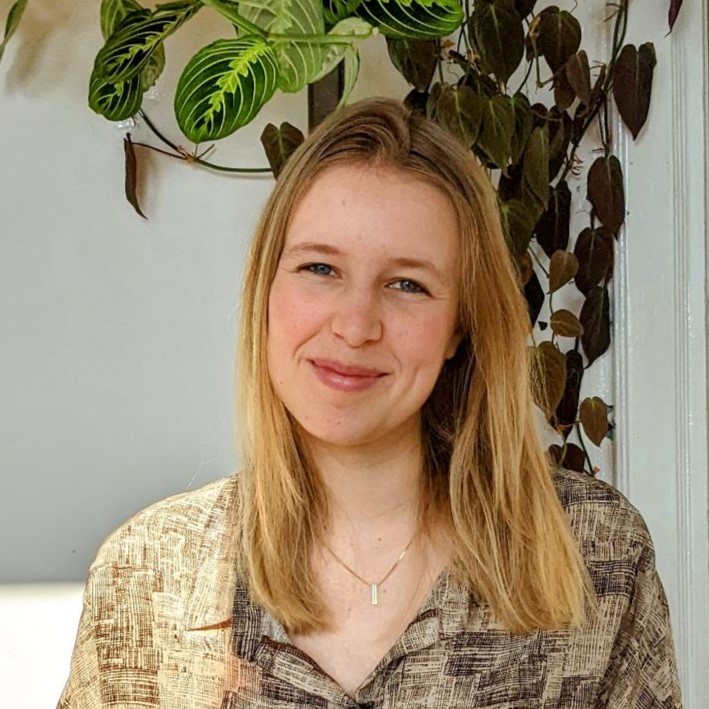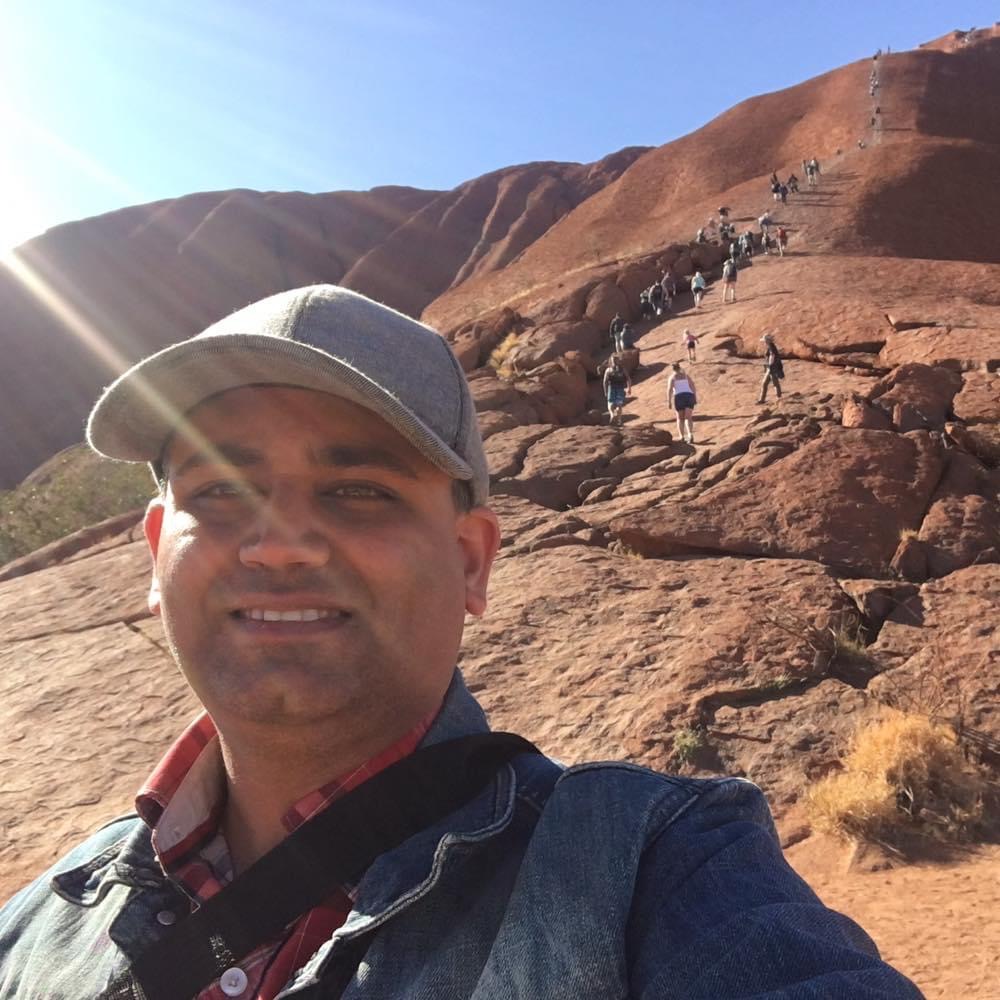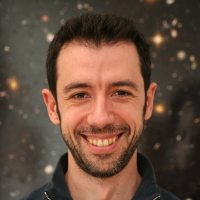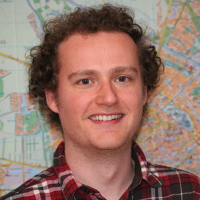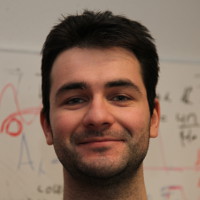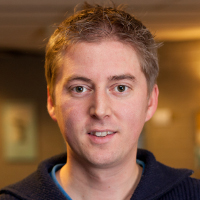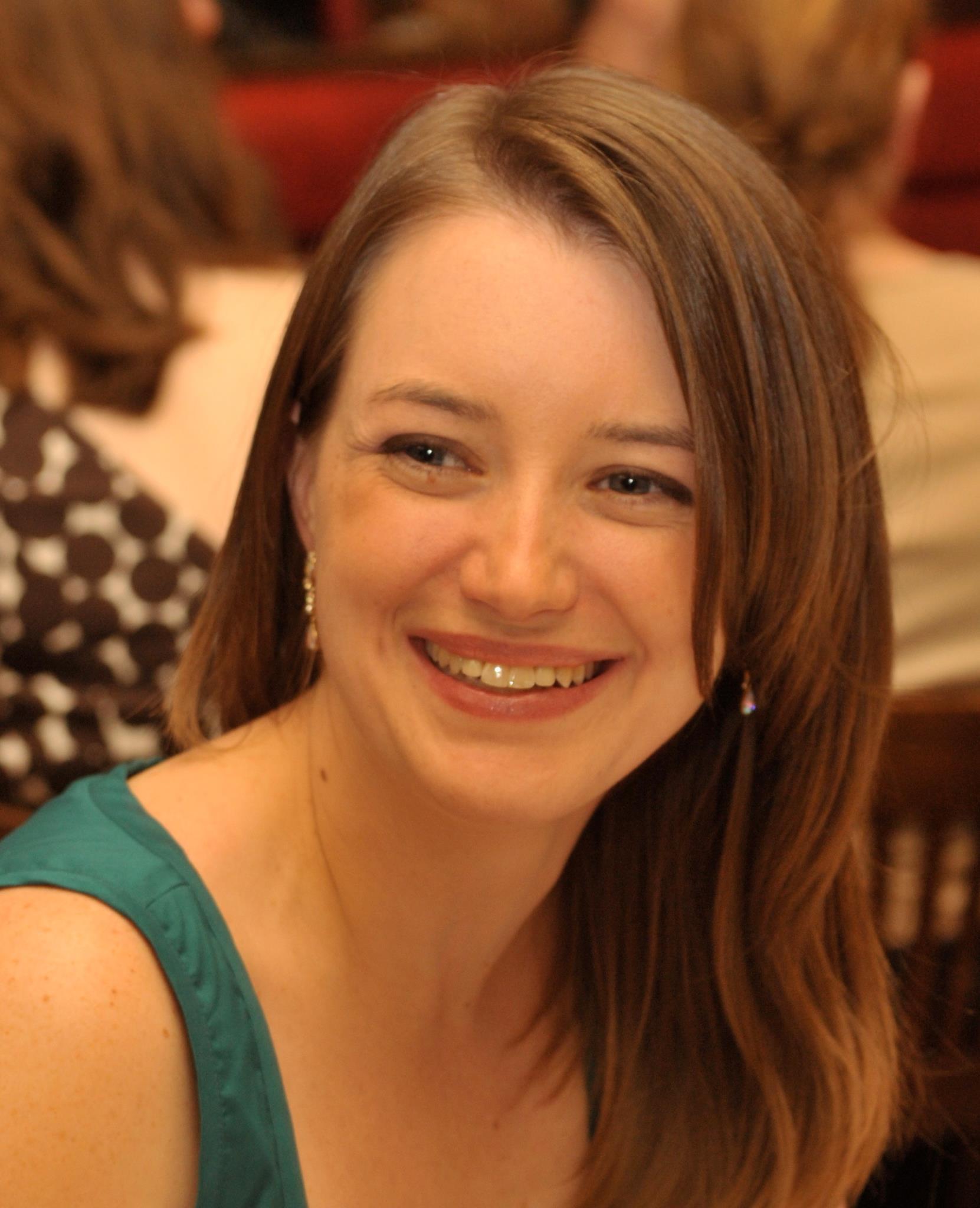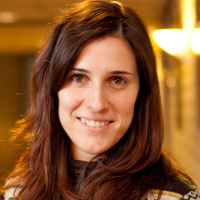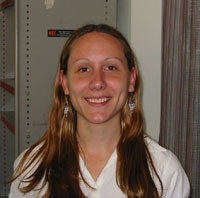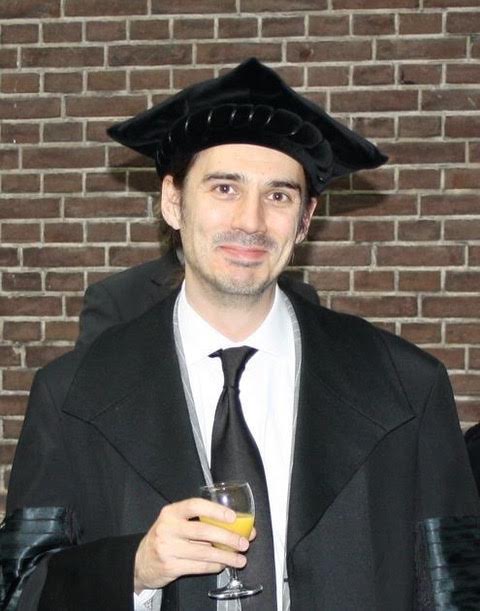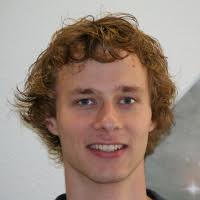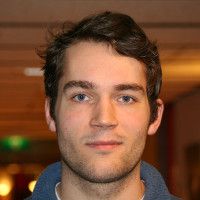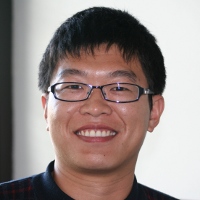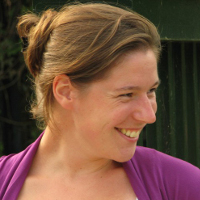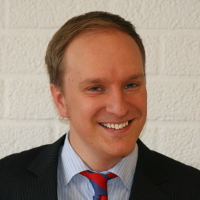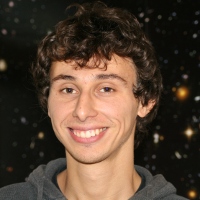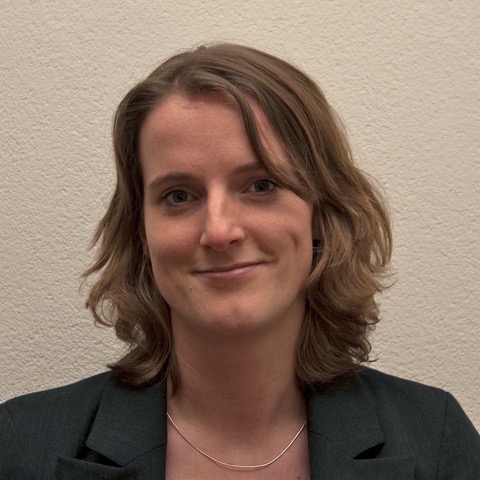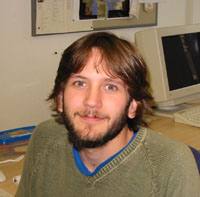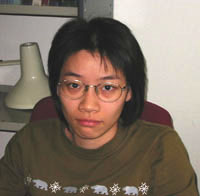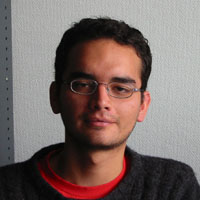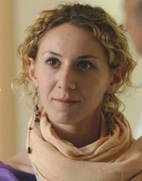The orbits of globular clusters (in blue) and dwarf galaxies around the Milky Way as derived from Gaia DR2 (Credits: Helmi et al. (2018), M. Breddels, ESA/Gaia/DPAC).
My main research interests are in "Near-field cosmology", that is in galaxy evolution and dynamics, with emphasis on what can be learned from the nearby Universe, and in particular from our own Galaxy and its satellites. The assembly process of a galaxy leaves imprints in the present-day spatial distribution, motions, ages and chemical abundances of its stars. One of the main goals of my research has been to develop a theoretical understanding of these fossil signatures and to use observational data to recover them and thereby reconstruct the formation history of our Galaxy.
The recently launched European Space Agency's satellite, Gaia, is currently measuring accurately the spatial distribution, kinematics and properties of a billion stars in the Milky Way. This unparalleled new dataset is allowing us to address the most fundamental questions about our Galaxy's history and dynamics. With the revolutionary new understanding of a typical galaxy like ours that Gaia is already delivering, we are obtaining unique insights on the process of galaxy formation and on the nature and role of dark matter, two of the most urgent open questions in modern Astrophysics.
My group's research presently covers three areas: the merger history of the Galaxy (combining kinematics and chemistry); the dynamics of the different Galactic components, including the halo and the disk with the aim of constraining the spatial distribution and granularity of dark matter, and the kinematics and dynamics of globular clusters and dwarf galaxies. We are currently also strongly involved in Gaia's data validation work, and in two new multi-object spectrographs: WEAVE on the WHT (La Palma) and 4most on VISTA (ESO, Chile).






